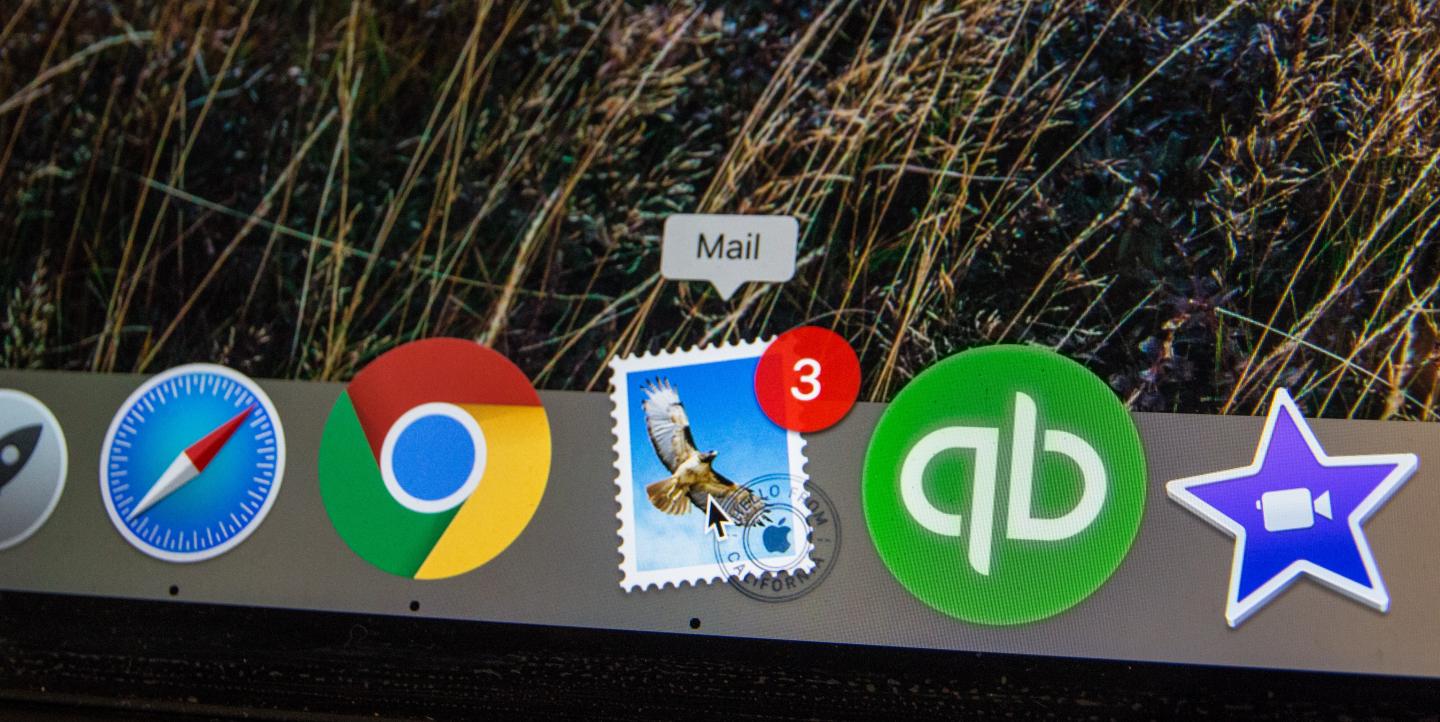In 21st century media, a 20th-century platform is prime real estate: the email inbox.
Every outlet, from daily metros to longform investigative publications, has a newsletter, but few have figured out how to get people to read them. The average open rate for media and publishing newsletters on MailChimp hovers around 22 percent, while the click rate is less than 5 percent. Meaning most people don’t open the newsletters they receive.
Adam Shuck, the creator of a lunchtime news roundup in the Pittsburgh region, seems to have mastered the medium.
A former communications specialist, Shuck moved to Pittsburgh about nine years ago from New York City and found a burgeoning media scene, with various outlets developing beyond the legacy newspaper.
It was the age of push notifications and never-ending social media feeds, each growing more incessant daily. At the same time, Shuck realized that a lot of people he knew had “only vague ideas of what was going on in city and county government. Some friends,” he added, “weren’t even familiar with who their council member was!”
He started “Eat That Read This” (ETRT) as an antidote for both the under- and over-informed.
“That sort of retro newsletter moment — 2013, 2014 — was a reaction to Web 2.0,” Shuck said. “This was more of a finite thing. It came to your inbox and you could get to it when you wanted.”
Shuck aggregates and contextualizes stories from a variety of news outlets in the region, providing context and analysis in his own voice, and often adding a dash of his own opinion. It is a wildly successful prototype for how to make the newsletter platform work.
Since its launch in 2014, ETRT grew to thousands of subscribers and became a full-time occupation for Shuck. He’s been able to fund the newsletter through Patreon as well as advertisers. In the last year, ETRT has rebranded and transformed into a partnership with Postindustrial Media, adding a lunchtime podcast. Now called “The Pittsburgh Record,” Shuck’s newsletter reaches 9,000 readers.
We spoke to Shuck about how he uses the newsletter platform to support journalists, inform thousands and make a little money.
IJNet: What I always enjoyed about your newsletter is that they’re not flashy (no GIFs, photos, graphics, etc.) Was this no-frill design purposeful when creating the newsletter?
Shuck: Definitely. I started ETRT using TinyLetter, a very text-forward, stripped down e-newsletter platform. As opposed to beefier marketing or newsletter platforms, TinyLetter’s metrics were pretty basic. I could, of course, keep track of subscriber numbers, but other than open rates, that was about it. I relied on third-party link tracking URLs to gauge clicks for when I eventually opened the newsletter up to advertising.
By keeping design to a minimum, I was hoping ETRT would feel almost refreshing for someone used to design-heavy internet media. And the simple bulleted-list format allowed me to play with order and prioritization in a linear way, in presenting the digest of stories.
How do you decide, as you wade through all the various media, which stories are important?
I’ve always liked the mix of the “important” and the “fun,” if that’s a fair distinction. Both vegetables and dessert. There’s nothing novel about that, of course.
I read local news content throughout the day, and I rely on tools like Pocket and Inoreader to help me do this work.
I also keep an eye on the Pittsburgh subreddit for a sense of engagement — which stories have elicited a ton of response, and why? Though I’ve pulled way back from engaging on social media platforms like Facebook and Twitter lately, the networks on those sites also contribute to determining what goes into the newsletter, and in what framing.
What role do you think news aggregation has in the modern media landscape? Do you also consider yourself a news analyst?
I do consider myself a “news analyst.”
I think that most people are busy and overwhelmed with day-to-day life; most people really appreciate relying on a trusted voice to deliver information; and most people tend to operate within designed parameters — whether abstract or concrete — that can become so familiar that that scaffolding essentially disappears.
My grandfather frames pictures as a hobby, largely old prints from magazines or other ephemera. It’s something I picked up as well, and he even loaned me his mat cutter and framing tools for a bit once. Like literal picture framing, media framing is so extremely important. And that’s something I always hold in mind when I consume, create or critique journalism. The same story — or the same painting — can be perceived in very different ways depending on the frame. And usually we don’t even really notice that, as we operate by focusing on the subject itself. But though the frame can kind of disappear in that sense, the impression of it is foundational.
How often do you engage with readers?
I’ve had lots of cool interactions with readers. When I mention a story that a reader has a particular insight into, I’ll sometimes get an email with valuable information. When I mess something up, I get feedback that I welcome. But the format of the newsletter has always been relatively one direction. There’s no comment section, there’s no chat room — those spaces require really intensive moderation to maintain well.
More often, I engage with local journalists, asking questions about their stories, or passing on information, or whatever. The newsletter for me has been an education in the craft of journalism, relatively on the fly.
You've found a few ways to support what you do. How do you suggest news outlets find ways to profit from their online ventures like newsletters or podcasts? How do you approach potential sponsors and readers for support?
I started carrying advertising in ETRT a couple years into the project. It hadn’t really occurred to me that what I was doing could or should be monetized. But I grew to understand the value that people found in the digest, and when I left my full time job at Pitt, I needed to find a way to bring in income. (I was also freelance translating on the side, in addition to other gigs). So after a little bit of seat-of-the-pants research, I built out an advertising model, a media kit and the like. After a few initial advertisers, more and more reached out. It made it more financially feasible to turn what was a fun project into something a little more rigorous.
I’m no expert in media funding and financing — from what I understand it’s… kind of a central tension for the industry. But I think, like popular podcasts and other content that rely on reader or listener support, people want to keep projects they love alive. At the scale of major news production however, this kind of direct, voluntary consumer financing isn’t feasible. And given we’re operating in a capitalist economy, the role of media funding is largely either advertising-based (and all the problems that come with that) or it’s left to extremely wealthy individuals or companies to subsidize — and they have their own interests to look out for. Both of these models can have a practical corrosive effect on the ideal of journalism. Rather than relying on notions of “profit,” a free press for democratic societies must receive robust funding as a pillar of the commons. Progressive reformers call for universal health care, universal education, and the like, decommodifying what a society wishes to be a right for everyone and not a privilege for a few. I believe we have a right to decent journalism, in the interests of the people, and that ultimately it should be sustained through public funding. If we wish to stick to principles of journalism like freedom, accuracy, and challenging power in the service of an informed democracy, I don’t see any other way.
What are some of your personal favorite newsletters?
I miss Today in Tabs!
Other than that, my inbox these days is full of local and state media newsletters. I appreciate the style and format of the Pennsylvania Capital-Star’s newsletter. I like PA Post’s newsletter The Context. And I find Pittsburgh-based PublicSource to be essential. These projects are able to present their hard news journalism in a digestible format, and with an approach that doesn’t lean too far into the jokey or cutesy.
Some other publications that I never ignore when they hit my inbox: Postindustrial (of course), Portside, The Outline, Hmm Daily, Popula, Dissent, The Baffler, Jacobin, Current Affairs, The Nib, Arts and Letters Daily, and the Public Domain Review. Just to name a few!
Main image CC-licensed by Unsplash via Web Hosting.


